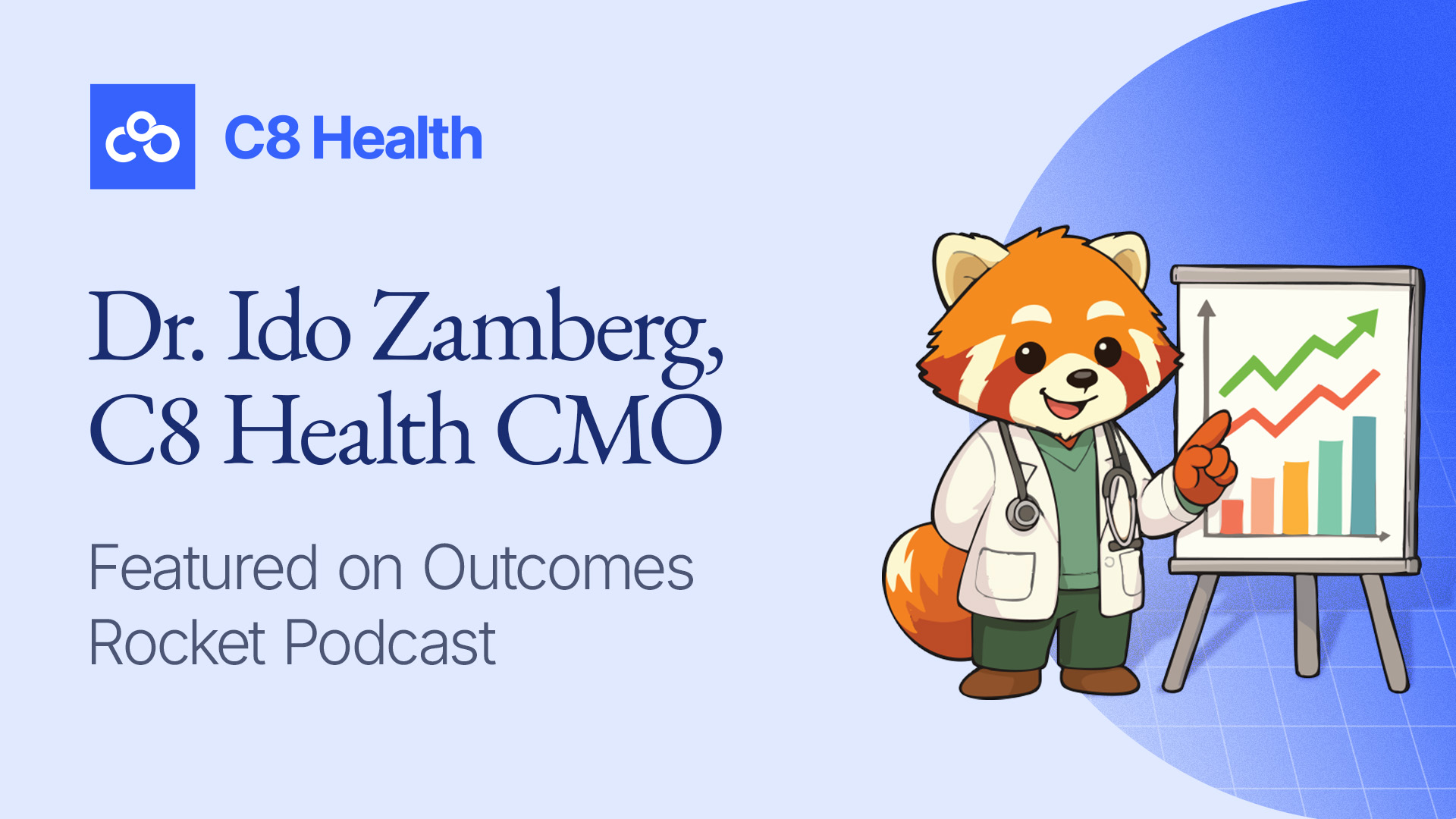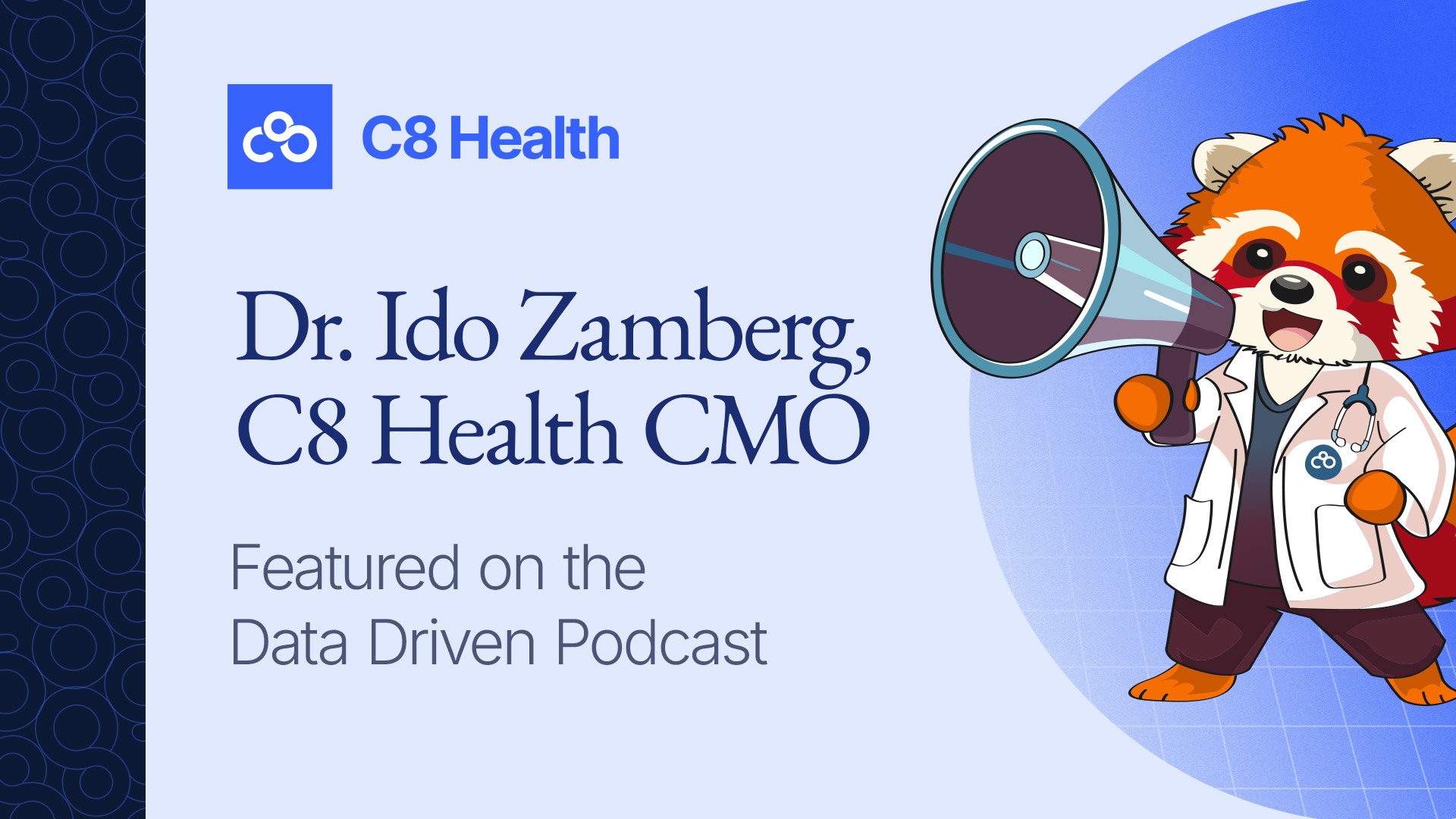5 Ways to Promote Resident Wellness
Encouraging healthy behaviors and streamlining toolsets can help prevent burnout among residents.
See Full Bio
Learn about our
Editorial PolicyPublished May 15, 2025.
Burnout among medical residents is alarmingly high, with rates exceeding 60% in certain specialties, according to a study published in the Journal of the American Medical Association (JAMA). Those feelings of burnout don’t just mean a bad day at the office. According to the same study, 14.1% of participants regretted their career choice. And that was before the COVID-19 pandemic. A 2023 joint survey by Stanford University School of Medicine, AMA, the Mayo Clinic, and the University of Colorado School of Medicine found that as many as 43% of physicians regret their career choice.
Medical residents may not be career physicians yet, but the alarmingly high burnout rate makes one thing abundantly clear: To preserve the future of medicine, hospitals must promote resident wellness. To do so, they must focus on reducing administrative burdens, streamlining workflows, and promoting healthy habits. Here are five of the best places to start:
1. Streamline Administrative Burdens
Administrative overhead, ranging from documentation to searching for clinical protocols, is a major contributor to resident stress. The 2024 State of Knowledge Management survey by C8 Health found that 57% of hospital professionals spent between 10-20 minutes daily just retrieving clinical guidelines, resulting in over 65 hours annually per provider.
This lost time can be mitigated by adopting digital tools that streamline access to clinical resources. The C8 Health platform centralizes institutional knowledge, enabling residents to access best practices instantly from any device. With features like AI-assisted search and embedded workflow integration, C8 reduces time spent navigating disconnected systems.
Case studies show rapid adoption: Within six months of implementation, over 80% of clinicians were actively using C8 Health, with 94% consulting it for complex procedures. These tools directly reduce clerical load and help residents spend more time learning and providing care, without sacrificing accuracy or compliance. Book a demo today to learn more.
2. Provide Protected Wellness Time
Protected wellness time can mean a lot of things, but mostly think of it as a scheduled, enforced break. These breaks can encompass anything from full days where residents are unreachable—and therefore fully able to disconnect from day-to-day stressors of a clinical setting—to a 30-minute block in an on-site wellness center such as a gym, meditation room, or even a nap pod. The Icahn School of Medicine, for example, allocates one resident wellness day per quarter, provided in addition to other forms of sick leave and vacation.
The addition of scheduled, protected wellness time not only provides an additional buffer against burnout symptoms among residents but also minimizes disruptions to patient care and training schedules. When wellness time isn’t taken spontaneously, it can be worked around.
The following examples illustrate the impact of structured wellness programs:
|
Wellness Strategy |
Study Source |
Key Findings |
|
2-Hour Wellness Block |
Participants were assigned 2 hours of protected non-clinical time per week, with a control period of no intervention at 6-week intervals. The protected time produced measurable burnout reductions without harming clinical or educational performance. |
|
|
4+4 Block Schedule |
The University of Colorado’s refined resident training schedule dramatically reduced exhaustion and depersonalization scores one year after implementation. In it, medical residents switch between inpatient-based, traditional admitting work and continuity clinic/ambulatory-based education at 4-week intervals. |
|
|
1-Hour Weekly Group Coaching |
Female residents, who are disproportionately affected by burnout, reported lower emotional burnout and impostor syndrome scores after 6 months of weekly, 1-hour coaching sessions. Additionally, they reported higher self-compassion scores. |
3. Foster Resident Wellness Through Mentorship and Coaching
Mentorship is one of the most powerful yet underutilized tools in promoting resident resilience and career development. However, mentorship must be structured and mutually accountable to achieve impact.
According to the Journal of Graduate Medical Education, mentorship programs that include regular check-ins, goal setting, and mentor training have the highest success rates. Institutions should assign mentors early in training and consider peer or near-peer coaching models for additional support.
Cultural alignment matters. A diverse mentor pool ensures that residents from underrepresented backgrounds feel supported. Moreover, mentorship should extend beyond clinical advice to include wellness, career navigation, and work-life balance guidance.
The American Medical Association offers a textbook called Coaching in Graduate Medical Education: A Faculty Handbook that covers the importance, methods, and common challenges of resident mentorship programs. It’s a comprehensive and concrete guide for effective, scalable mentorship programs for residents.
4. Facilitate Interdepartmental Collaboration
Residency is often isolating, especially in large academic centers where trainees rarely interact across departments. Fostering a sense of community can buffer stress and improve overall well-being.
Structured opportunities for cross-specialty interaction, such as interdisciplinary morbidity and mortality conferences, shared simulation labs, or wellness retreats, promote camaraderie and knowledge sharing. These interactions can break down silos, improve communication, and enhance team dynamics.
- Organize cross-specialty social events: Plan informal meetups, resident retreats, or wellness days where trainees from different departments can interact outside the clinical setting.
- Develop shared simulation training programs: Create interdepartmental simulation curricula for high-stakes scenarios like cardiac arrest, trauma, or obstetric emergencies to enhance team performance.
- Assign knowledge ambassadors: Designate champions from each specialty to lead cross-departmental knowledge-sharing initiatives and to contribute resource updates.
- Implement a centralized digital knowledge hub: Use tools like the C8 Knowledge Hub to provide cross-site, cross-specialty access to vetted clinical resources, enabling shared ownership of best practices.
The 2024 C8 Health whitepaper found that 23% of hospital professionals lacked access to interdepartmental protocols, hampering collaboration. Tools like the C8 Knowledge Hub allow cross-site and cross-specialty access to best practices, fostering shared ownership of institutional knowledge and reducing redundancy.

5. Embed Mental Health Support in the Training Environment
Many residency programs offer mental health resources, but access is often hindered by stigma, logistical barriers, or lack of confidentiality. The medical industry needs to undergo a paradigm shift. Mental health support should be proactive, visible, and embedded directly into clinical training environments.
The American Medical Association emphasizes integrating mental health services into hospital workflows, including on-site counselors, wellness rounds, and secure telehealth options. Hospitals should implement mental health screening during onboarding and at regular intervals, and ensure that residents know where and how to seek support.
Privacy is paramount. Mental health services must be separate from evaluation channels and should include self-guided tools as well as access to professionals. Leaders need to be both proponents and participants in the change. They should champion the implementation of mental health services and be transparent, at their discretion, about their use of them.
Protecting the Future of Medicine
Resident physicians are the vanguard of tomorrow’s health care workforce, yet they are training in an environment where chronic exhaustion, isolation, and administrative overload threaten both their well-being and the quality of patient care. The evidence is unambiguous: When hospitals invest in tools that cut clerical drag, carve out protected time for rest and reflection, embed mental health services, and cultivate cross-department communities, burnout drops and performance climbs. Hospitals don’t need to move mountains to make a difference. Incremental changes are enough to get the ball rolling.
Explore how knowledge management can become a core part of your wellness plan. Download our report on The State of Knowledge Management in Hospitals, and discover how platforms like C8 Health can make resident wellness real, measurable, and scalable.
Disclaimer: Our content serves informational purposes only and shouldn't replace the advice and services of qualified professionals. While we strive for accuracy, we cannot guarantee an entirely error-free experience. C8 Health will not be liable for any losses or damages resulting from the use of our content.
.jpg)



.jpg)
.jpg)
.jpg)